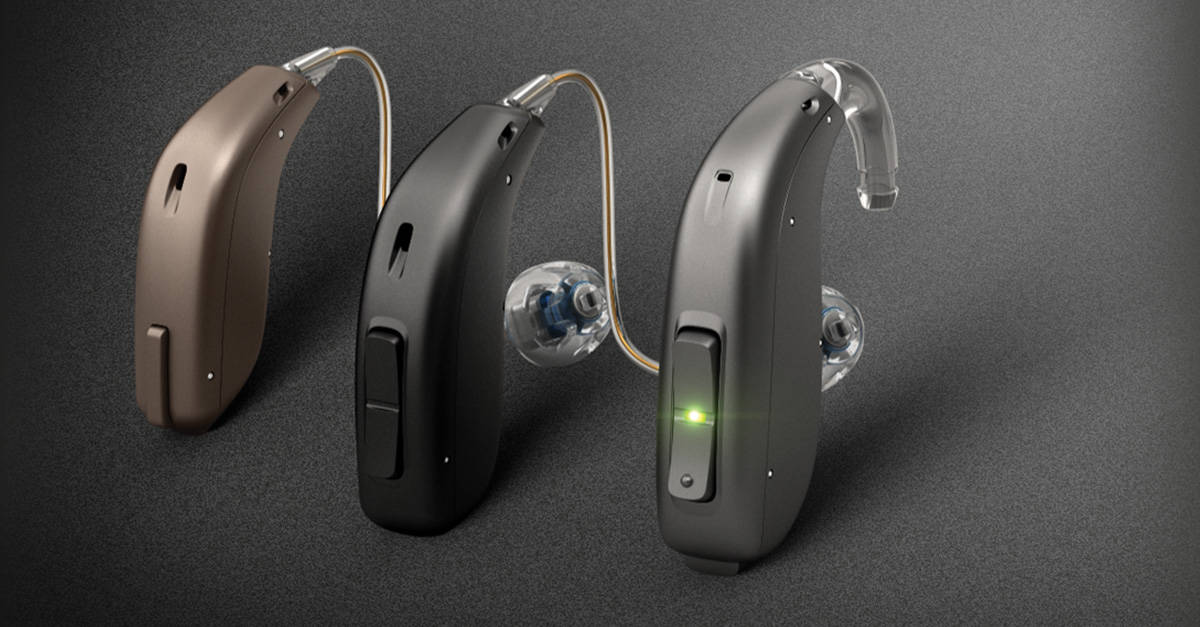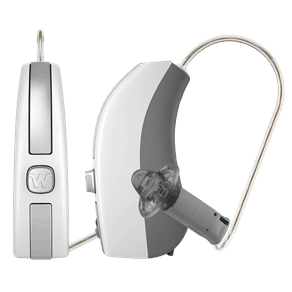Widex Vs. Oticon: a 2025 Hearing Aid Brand Comparison

|
|
|
|---|---|---|
| Editor's Ratings | ||
| Price Range | $1,200-$3,500 | $1,175-$3,810 |
| Purchased | Through a hearing healthcare provider | Through a hearing healthcare provider |
| Fitting Required | Yes | Yes |
| Styles |
|
|
| Tinnitus Masking | Yes | Yes |
| Smartphone App | Yes | Yes |
| Bluetooth Connectivity | Yes | Yes |
| FDA Approved | Yes | Yes |
| Trial Period | 30 Days | Depends on retailer |
| Warranty | 2-3 Years | 1-4 Years |
| Contact | ||
| Website | View Pricing Links to ZipHearing.com | View Pricing Links to ZipHearing.com |
*We recommend calling because representatives can sometimes offer special deals or pricing. We make every effort to provide and maintain accurate information on our site. However, the businesses reviewed on our site may periodically change their pricing, equipment, and packages and there may be a lag between the time they make such changes and the time we become aware of such changes. If you identify any outdated or inaccurate information, please contact us here.
When it comes to medical-grade hearing aids, Widex and Oticon are two of the most popular options. Each of these companies offers devices in a variety of styles with advanced features like Bluetooth connectivity, rechargeable batteries, and advanced audio processing.
In this guide, we’ll help you differentiate between two of the industry’s top contenders to help you decide if Oticon or Widex hearing aids are right for you.
Pro Tip: Both Widex and Oticon offer some of the best devices on the market. Read my guide to 2025’s best hearing aids to find out who else came out on top.

Oticon and Widex Similarities
At first, these two brands look the same. The truth, however, is that each uses distinctive technology and offers different features.
Oticon hearing aids are widely known as a solid brand that helps individuals hear better and clearer. The brand first started business in 1904 when the owner wanted his wife to be able to hear clearly again. Since that time, the company has evolved and become a forerunner in the industry.
Widex hearing aids are one of the world’s top hearing aid manufacturers and are based in Denmark. Established in 1956, this company is younger than Oticon but experienced a huge boost in the 1990s and now distributes products in over 100 countries. The brand is also known for using fuel cell technology for better batteries that last longer.

Types of Hearing Aids
With both brands, there are many hearing aid options to choose from. There are both behind-the-ear and in-the-ear models. The model you choose depends on your level of hearing loss, your budget, and which ones suit you best. If you are interested in certain features, be sure to tell your audiologist, so he or she can help you decide which hearing aid best meets your needs.
Advanced Technology Features
One thing that sets these two brands apart from the competition is the range of technology that goes into making their hearing aids work. Both Oticon and Widex have devices with tinnitus therapies, smartphone apps, and Bluetooth capabilities. They also have certain hearing aids that are designed for those with severe to profound hearing loss. With that said, there are some key differences.
Learn more: To learn more about tinnitus therapies, read my guide to hearing aids for tinnitus.
Widex’s most recent hearing aids feature made-for-iPhone technology. This allows your iPhone to pair with your hearing aids for easy adjustments; you can also use your phone as a microphone for your hearing aids. Their Moment hearing aids feature advanced sound processing that allows you to hear sounds in a surprisingly natural manner.
Oticon’s most recent model, the Oticon More, features direct streaming to iPhones; however, this model does not support direct compatibility with Android devices. This rechargeable hearing aid also has Oticon’s BrainHearing technology, which provides more sound to your brain, resulting in better speech understanding for the wearer.
Customer Service
When you choose hearing aids from either of these brands, you are not alone. Oticon offers online support and a downloadable instruction manual to help you solve any issues. There are also call centers that offer help and are located across the country for your convenience.
Widex apps allow you to ask questions and view easy tutorials. On top of that, a representative can help you find the closest repair location if your hearing aids require maintenance. There’s even a number you can contact if you have issues regarding Bluetooth technology.
Pricing
The cost can be a deciding factor for many people. The price of both Oticon and Widex hearing aids varies based on several factors such as the type of hearing loss you have, optional features, the hearing aid model, and even your physical location. Your insurance may cover some of the costs, depending on your plan.
The average starting price for both brands’ most basic models is around $1,200. The best way to determine the cost, however, is to visit a hearing specialist. This person can help you decide which hearing aid is right for you, explain the features of the various models, and inform you of the cost based on the factors listed above.
FYI: Some insurance will offer coverage for hearing aids. To learn more, read my guide, Does Insurance Cover Hearing Aids?
Our Favorite
Ultimately, Widex and Oticon are highly similar in terms of features, styles, and pricing. Since both of these brands must be purchased through a hearing health provider, I’d recommend you start by visiting an audiologist or other hearing specialist to learn which company might offer the particular features needed for your personal hearing loss.
To learn more about hearing aids, check out my selection of guides and rundowns:

